Tantō signed “Made by Sukemune”
Period: Late Muromachi (15th–16th century)
Origin: Japan
Type: Tantō (短刀)
Construction: hira-zukuri
School: Sousyu school of the Muromachi period
Certificates:
NBTHK Tokubetsu Hozon Tōken (特別保存刀剣鑑定書) — “Especially Preserved Sword” certificate, current high-level authentication
Two old NBTHK Tokubetsu Kichō Tōken (特別貴重刀剣) — one for the blade, one for the mounting (koshirae)
The Tokubetsu Kichō series was issued from the 1950s to early 1980s and confirmed both the blade and its mounting as “especially valuable” swords before the current Hozon / Tokubetsu Hozon grading system was introduced.
Antique tantō by master Sukemune, dating from the late Muromachi period (ca. 1450–1550), in classic hira-zukuri form.
The blade features an elegant hamon (temper line), refined proportions, and a noble patina of ancient polish.
The koshirae is richly decorated with a detailed relief of a lobster (ise-ebi), executed in engraved and hammered metal (kinkō) work. In Japanese symbolism, the lobster represents longevity, respect for elders, and nobility, and such motifs often appeared on presentation swords of the samurai elite.
The meticulous rendering of the lobster’s shell and antennae highlights the exceptional skill of the metal artisan.
Included:
Tantō with original koshirae
NBTHK Tokubetsu Hozon Tōken certificate
Two old Tokubetsu Kichō Tōken certificates (blade & mounting)
Original Japanese certificate folders
Decorative cloth pouch
⚠️ Stand not included.
Collectible Value:
A blade from the late Muromachi period with triple NBTHK authentication represents an item of exceptional historical and artistic importance.
The rare lobster motif makes this koshirae a remarkable example of samurai-era Japanese metal artistry.
Such pieces are exceedingly rare and highly sought after by collectors and museums of Japanese art.
SKU: K178.2.8.131125


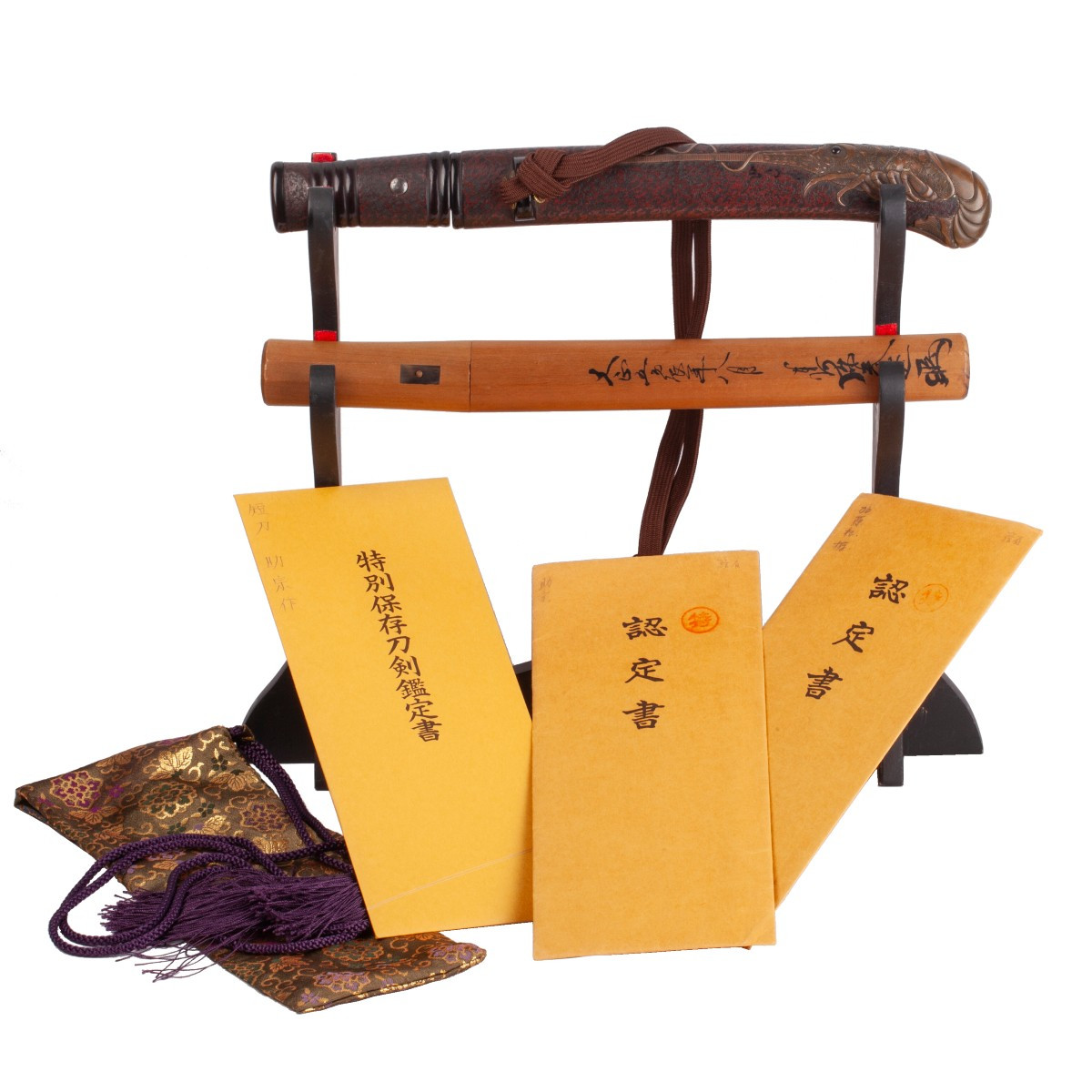



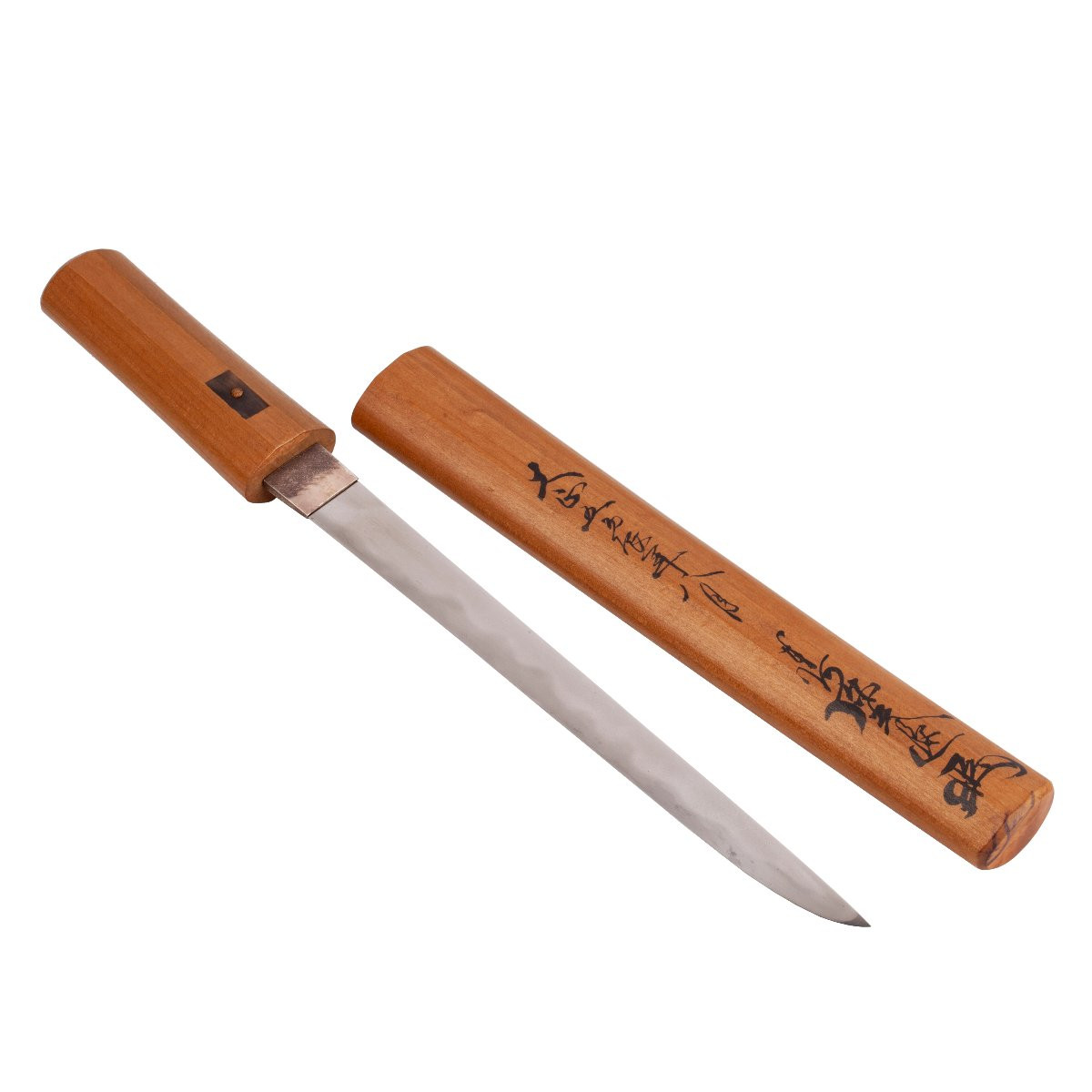
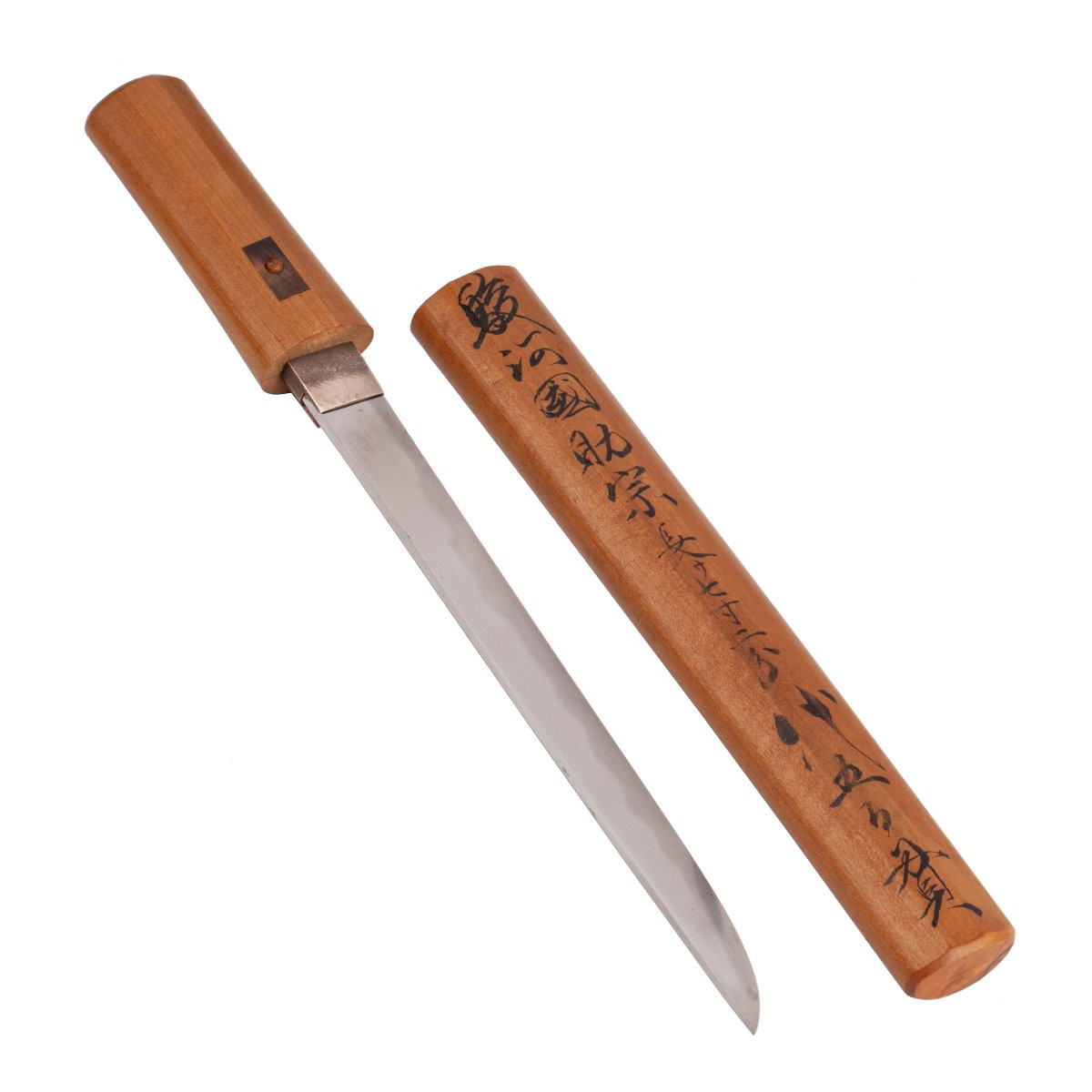
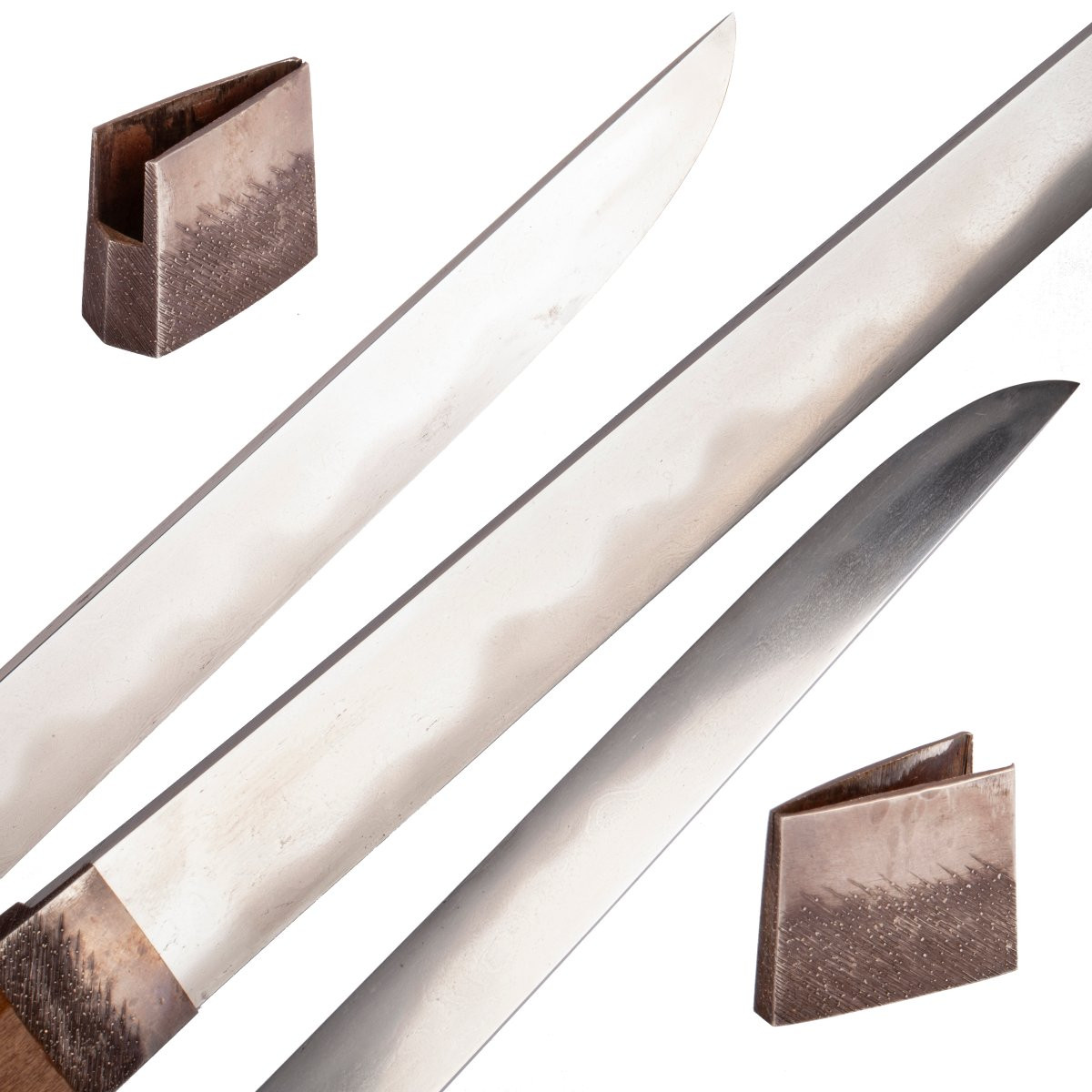



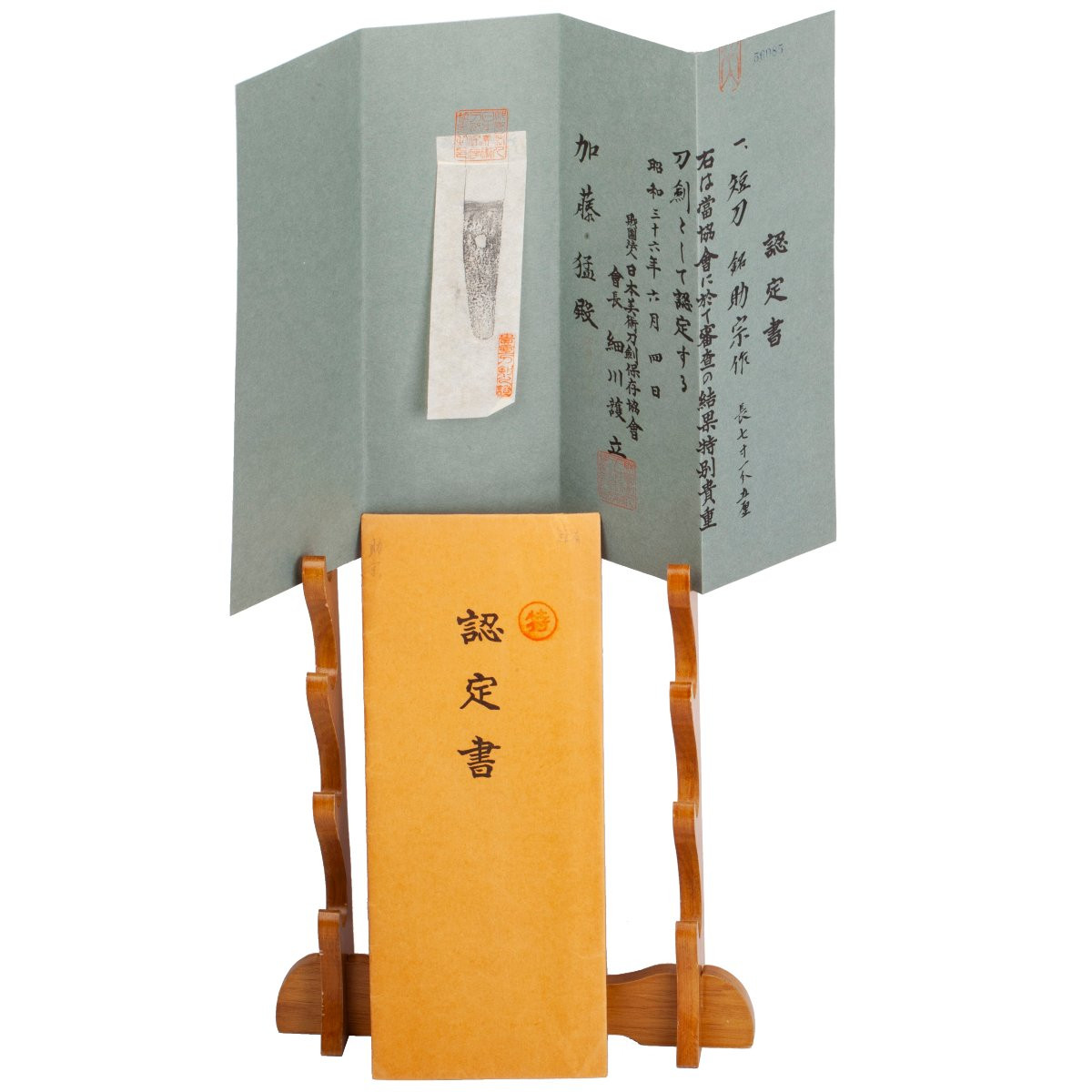













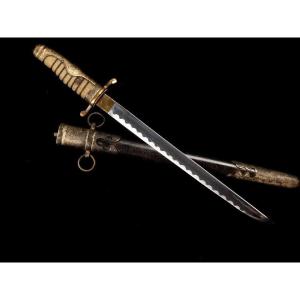

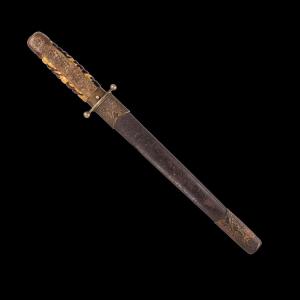
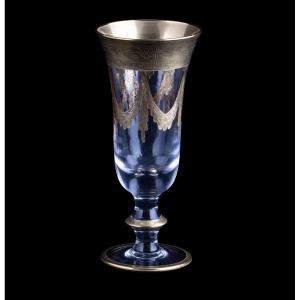


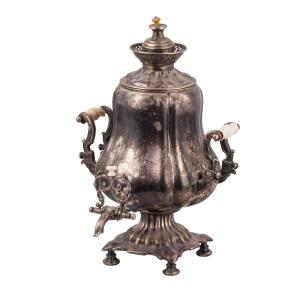


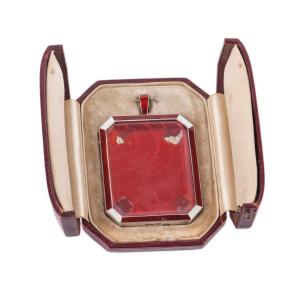




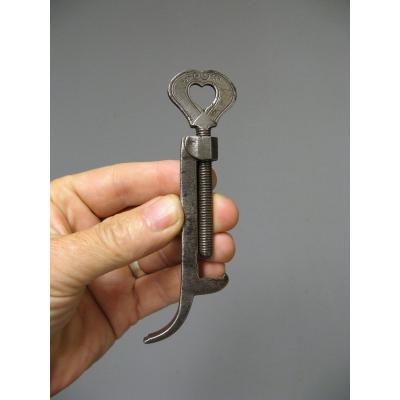


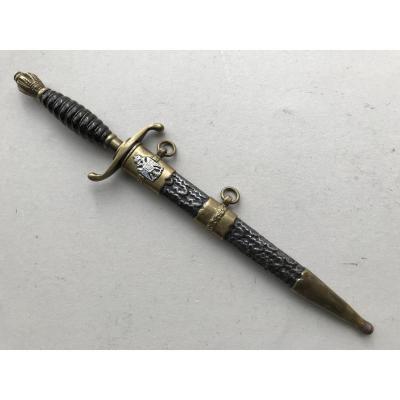




 Le Magazine de PROANTIC
Le Magazine de PROANTIC TRÉSORS Magazine
TRÉSORS Magazine Rivista Artiquariato
Rivista Artiquariato